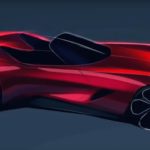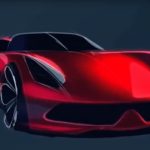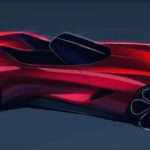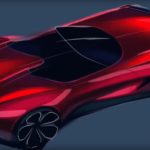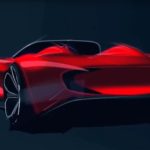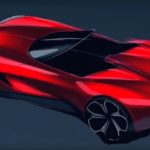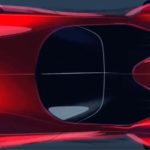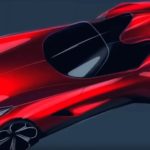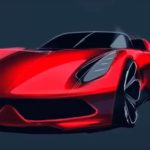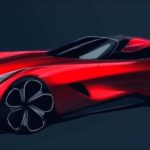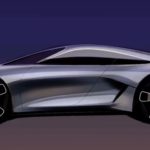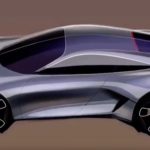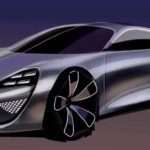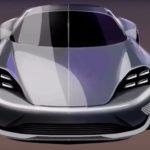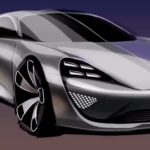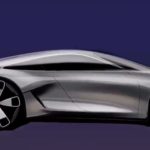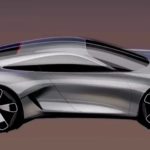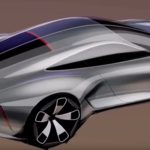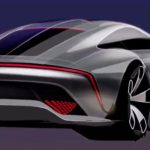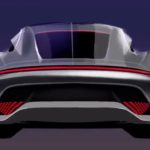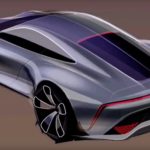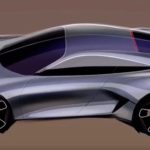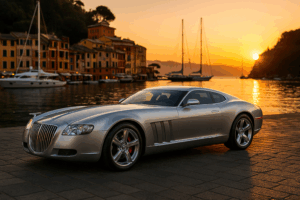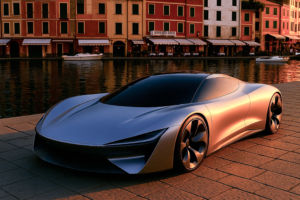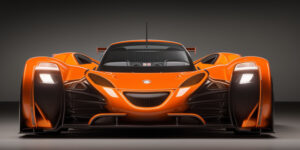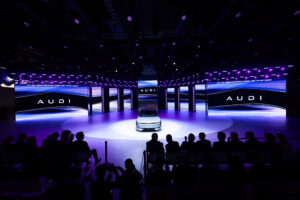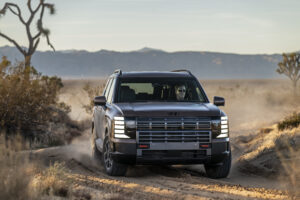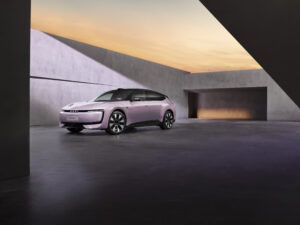3D Airbrushed Sketching in Gravity Sketch by Eric Stoddard
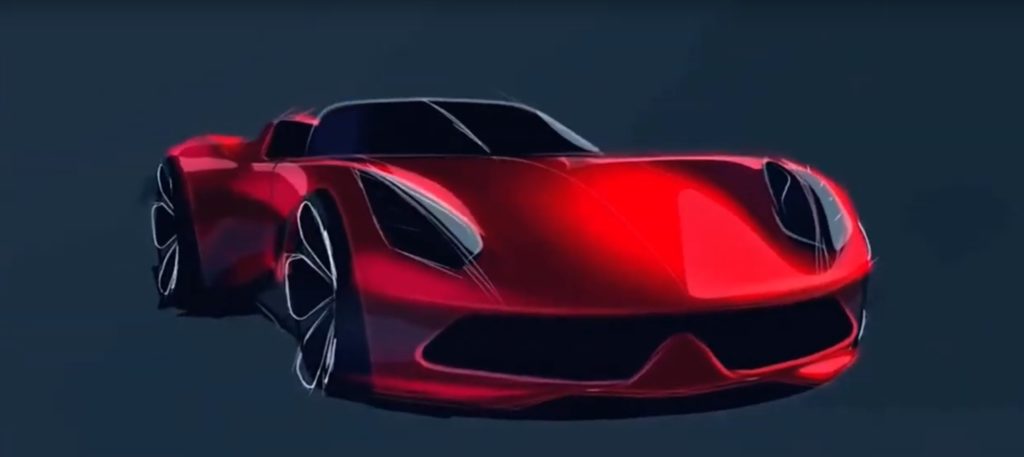
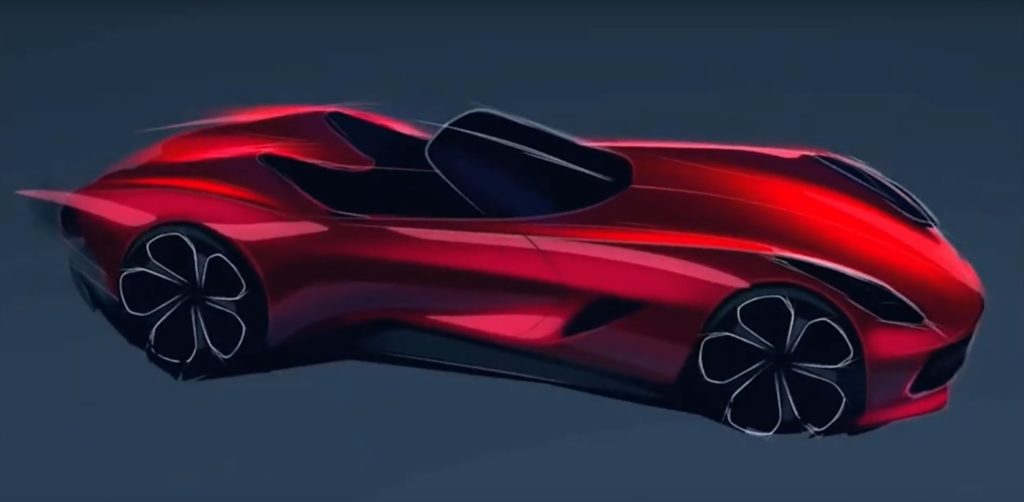
Very much on the forefront of the latest advances in adapting VR as a usefull creative tool within the Automotive Design Process, Eric Stoddard has found a way to adapt Gravity Sketch’s sketching tools form mere sketch lines to use for 3D surfacing models, into a tool to quickly create 3D sketch models with airbrushed like imagery, in 3D. We’ve asked Eric to explain this process and show us a quick demo of how he implements this.
Here’s Eric:
This exercise is quite intentional, to mimic a 2-D sketch style in 3-D form. In my conversations with many designers, there is a distinct separation in their mindset between Sketching and Modeling. Many designers love to sketch but are happy to pass on the modeling work to others. Many automotive studios also embrace a distinct separation between designer and sculptor in their culture, while others are embracing the hybridization of designing and sculpting that today’s 3-D tools enable. The question becomes, with the tools available in Gravity Sketch where is the line drawn between sketching and Modeling? Can a 3-D sketch be truly a sketch?
Using Gravity Sketch, I created a 3-D wire frame drawing over a side view thumbnail sketch, and filled in the drawing with simple volumes to block out the far side. I developed a technique of using flat shaders, transparent layers, and airbrush textures mapped to ribbon strokes to simulate 3D airbrush. The effect is kind of like 3D Photoshop! I kept it very loose, being careful not to dive into making an accurate surface model. There is no external lighting or reflective shaders, other than what was rendered by hand. One of the biggest challenges was to determine a light source , and render the front, rear, and top of the vehicle accordingly. While the drawing is symmetrical, the rendering is quite asymmetrical. It was quite difficult to get it looking right in all views. There is a light side and a dark side. I used the new Screen Collab desktop application to toggle between various camera views to create the final animation.
Another reason for this exercise is to track the feedback I get on social media for 3-D sketches versus finished models. There’s definitely been a much higher level of engagement from designers (and design leaders) on my recent posts about 3-D sketching. Going forward, as designers embrace the tools I look forward to seeing some very interesting new 3D sketch techniques!
Furthermore, the observation that the primary output of Gravity Sketch for most designers is 2D screenshots, with heavy Photoshop post production. Designers have great difficulty bringing their management and colleagues into the VR experience. So I’m also looking for ways to make presenting in Gravity sketch much more engaging for non-VR viewers

